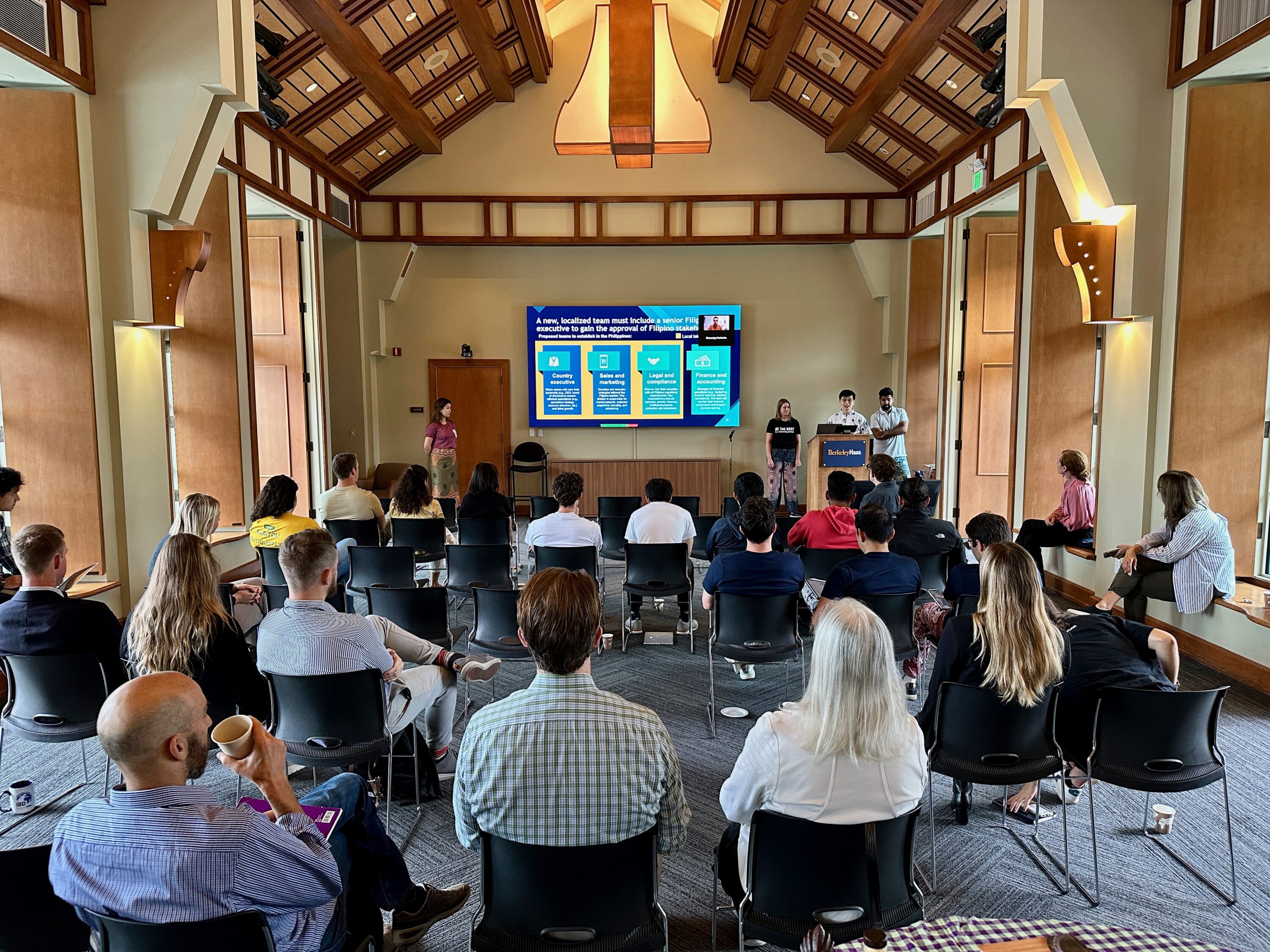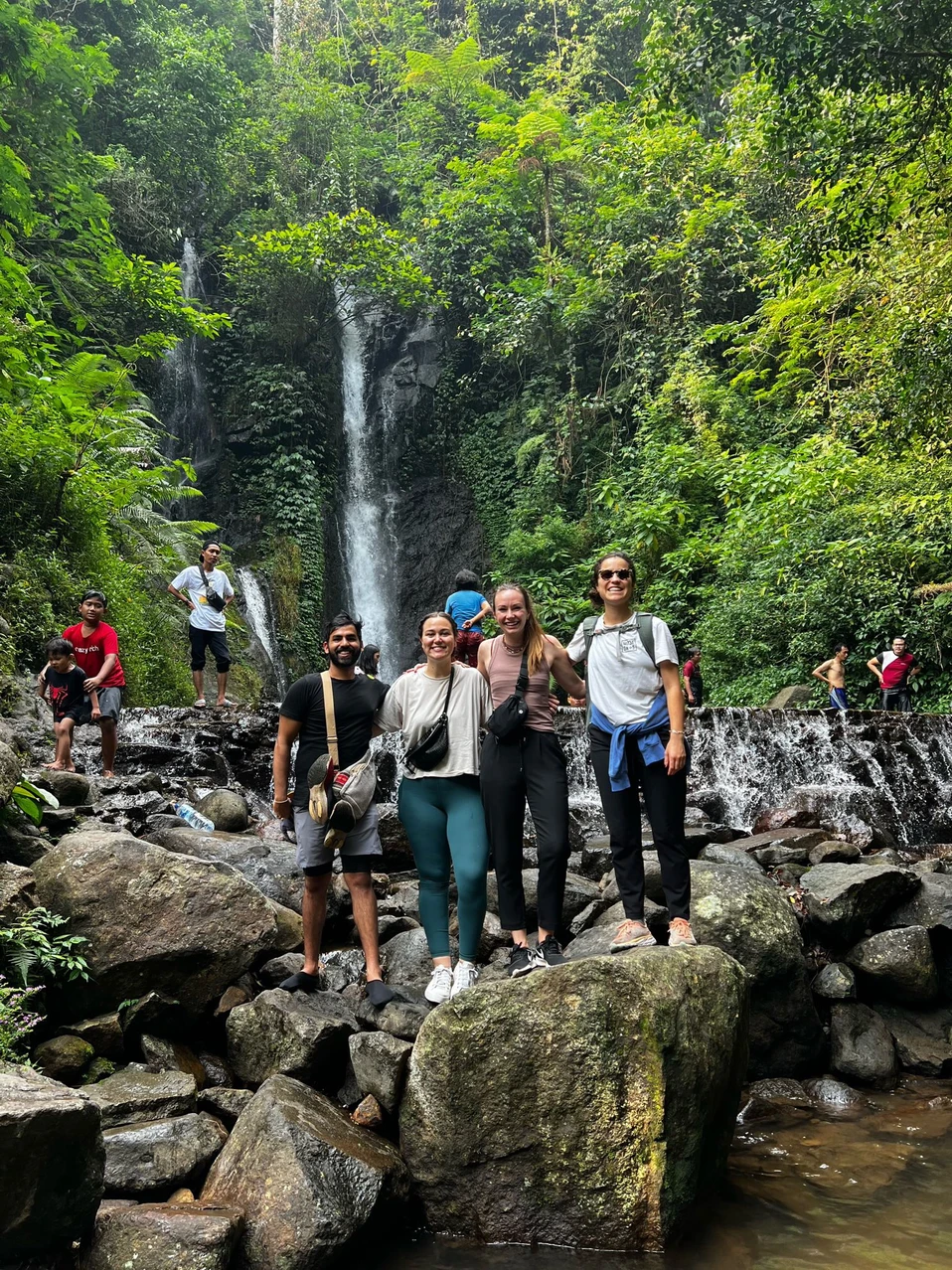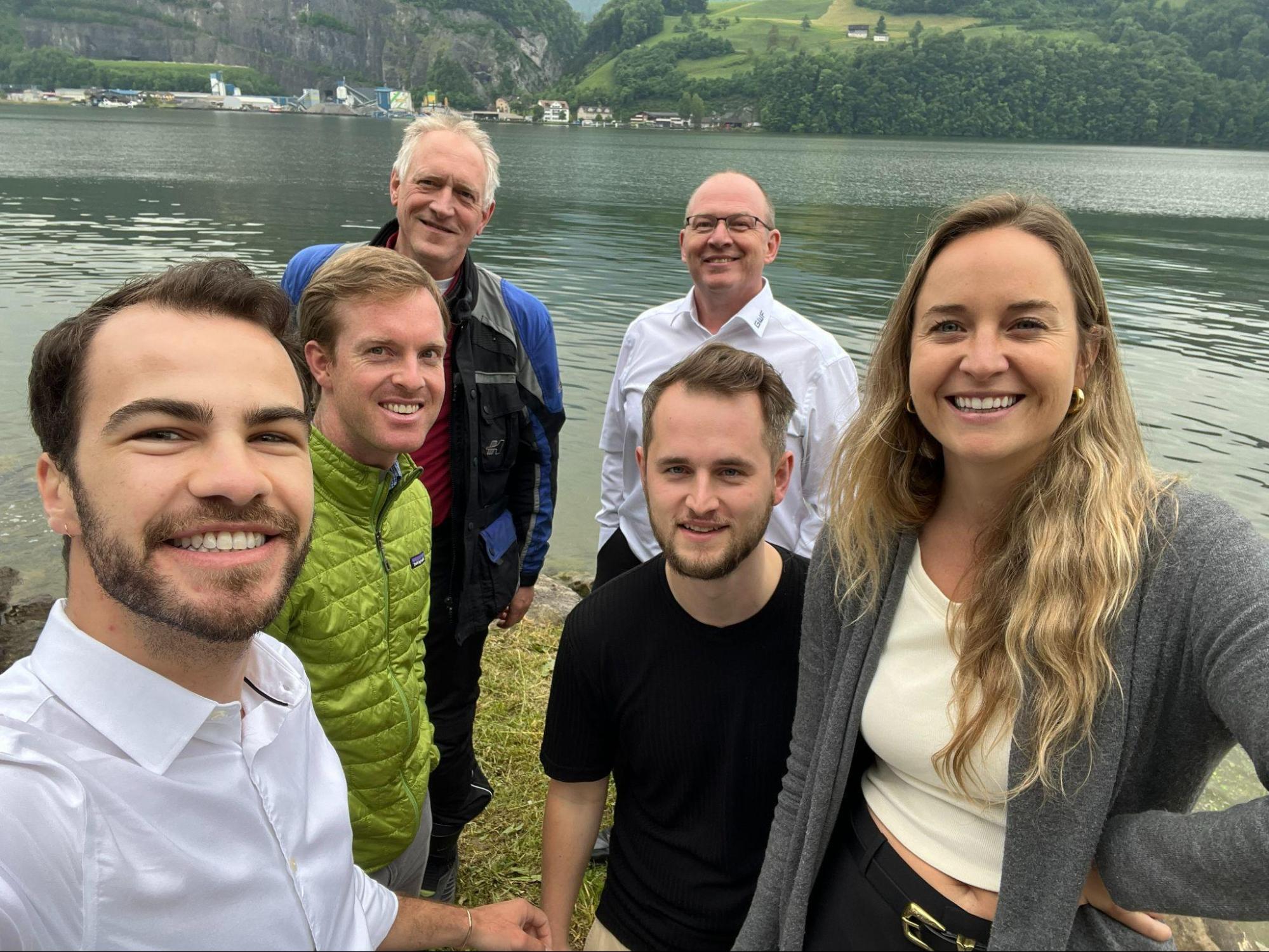Rumbunctious Adventures in Cambodia
Written by: PJ Hummelt, Rafael Koraicho, Terence Chan, and Jayshawn Anderson
Pre-Arrival: Sip Ahoy!
When we first heard that our client would be an artisan rum distillery in Cambodia, our first thought was “Cool!”. But then a mild panic kicked in – none of us knew much about rum besides drunken Bacardi-fueled nights back in college.
So we knew we had to do as much in-person “market research” into the product as possible. As we planned our flight itinerary to Cambodia, we decided to do a layover in Singapore as it was one of the first overseas markets which Samai had entered.
Straight off a 17-hour flight from SFO, we had a taste of Singapore’s famous hawker food at Lau Pa Sat, before heading straight to one of the city’s most acclaimed bars – Native. Its cocktail menu was a bewildering selection of exotic ingredients – think red ants, gochujang miso and buah keluak. But our favorite drink of the night was a simple cocktail of Samai’s Kampot Pepper Rum, clarified lemon juice and thai basil. We knew instantly that Samai had a winner on their hands.
We just needed to figure out how to match the quality of the product with their ambition to be one of the great super-premium rums of the world.

Week 1: Smells like Team Spirits
We arrived in Cambodia eager to start work.
Although we were already familiar with Samai’s CEO, Daniel, and their Operations Manager, Anna, through our regular Zoom meetings before arriving in-country, stepping into the distillery for the first time was an entirely different experience. The moment we entered, we were instantly intoxicated by the sweet smell of molasses and piquant spices slowly brewing in the humid heat of Phnom Penh.
The rest of the Samai team was equally warm and welcoming. We spent the first day interviewing them to learn more about the business. From Cambodia’s first and only female distiller with decades of experience, to the Marketing Manager with bartending adventures from across the globe, each of them took time off their busy schedules to patiently explain their roles and background to us. The team interviews were extremely useful, and we learnt more about the company in one afternoon than five months of video conferencing.

We also arranged for a call with Samai’s marketing consultant who was based in Paris. We discussed our plans to organize a workshop with the Samai team to brainstorm their market positioning in the US, confidently spewing concepts and terms which we had learnt in Core Marketing class (Frame of reference! Factor analysis!). She quickly brought our lofty ideas down to reality, educating us on the best marketing practices within the spirits industry and suggesting fixes to our workshop.
With our egos bruised but armed with new knowledge, we conducted our first workshop with the Samai team. Initially, it was challenging to get everyone involved. The production team was used to facts and figures such as kilograms of molasses and alcohol produced per 9L cases, not abstract concepts like brand values and reasons to believe. But we persisted and tried to draw out relevant examples to make the workshop more concrete and useful. In the end, we got some really great ideas from across the company, and everyone left feeling energized by the exercise.
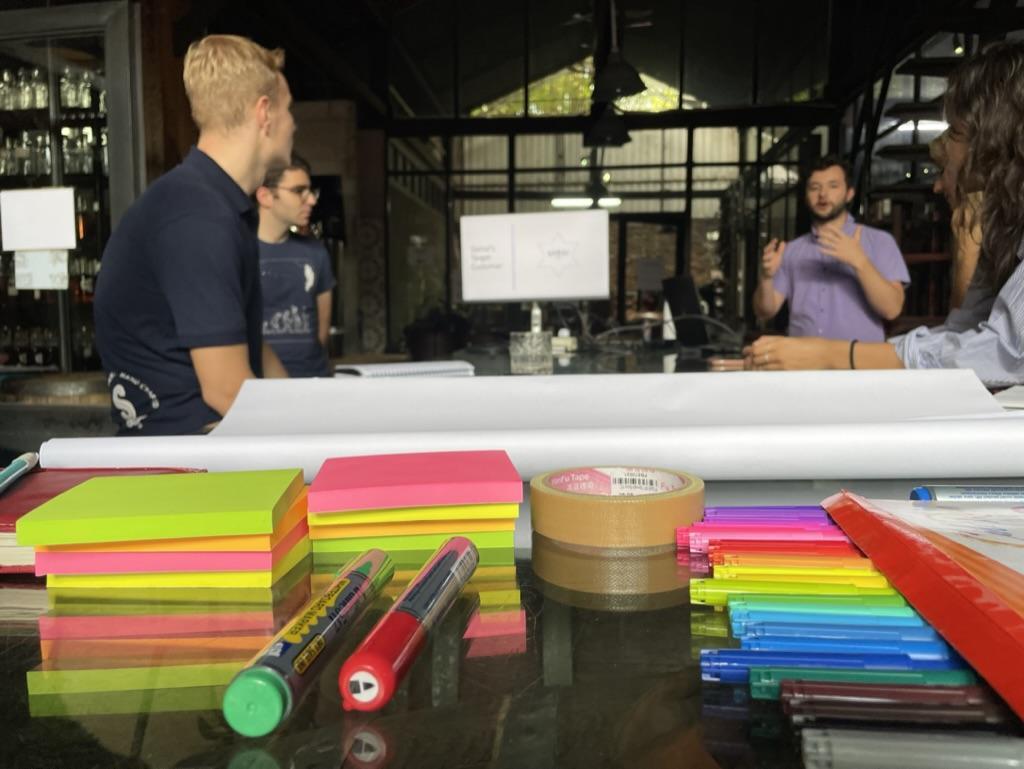
Recognizing that expanding into new markets is a risky endeavor, we wanted the Samai team to question their assumptions and plan for different scenarios so that they can preemptively manage the risks. Thus, we organized a second workshop to red-team different scenarios which the company may face.
With a deeper understanding of the workshopping process, the Samai team was overflowing with ideas and suggestions right from the start. We made sure to create diverse breakout groups, bringing together participants from various departments within the company. Production folks worked with salespeople to challenge the assumptions of the marketing team. By fostering an inclusive and safe space for discussion, we enabled Samai to identify blind spots that they might not have been aware of or had the bandwidth to address during their demanding day-to-day operations.
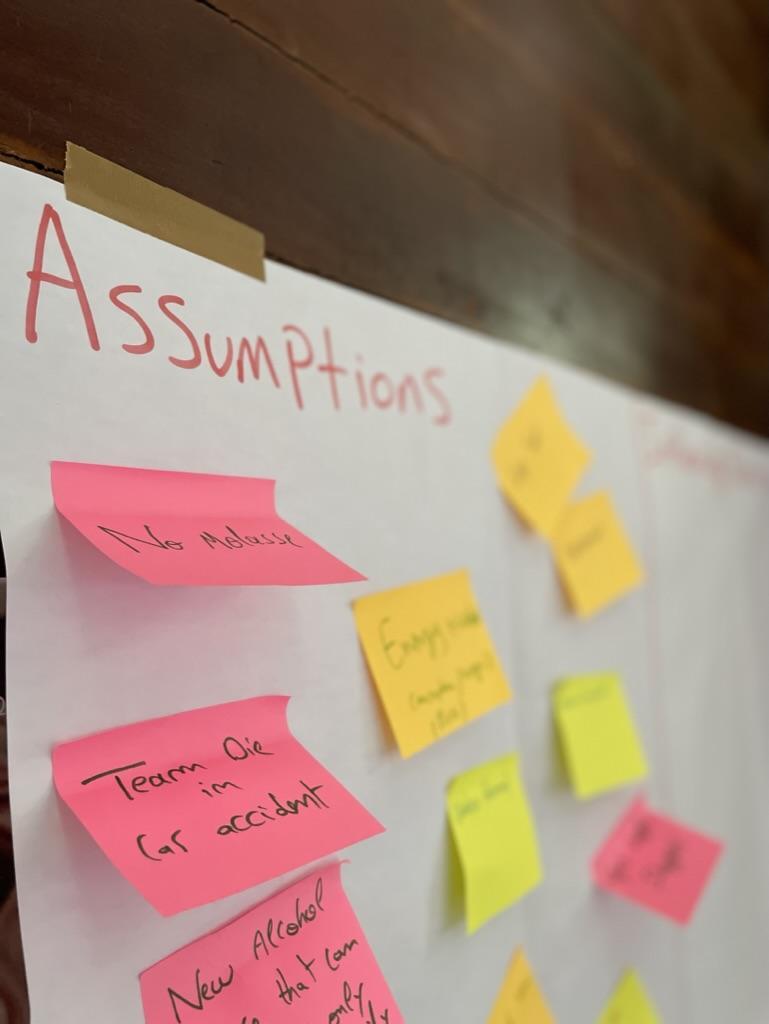
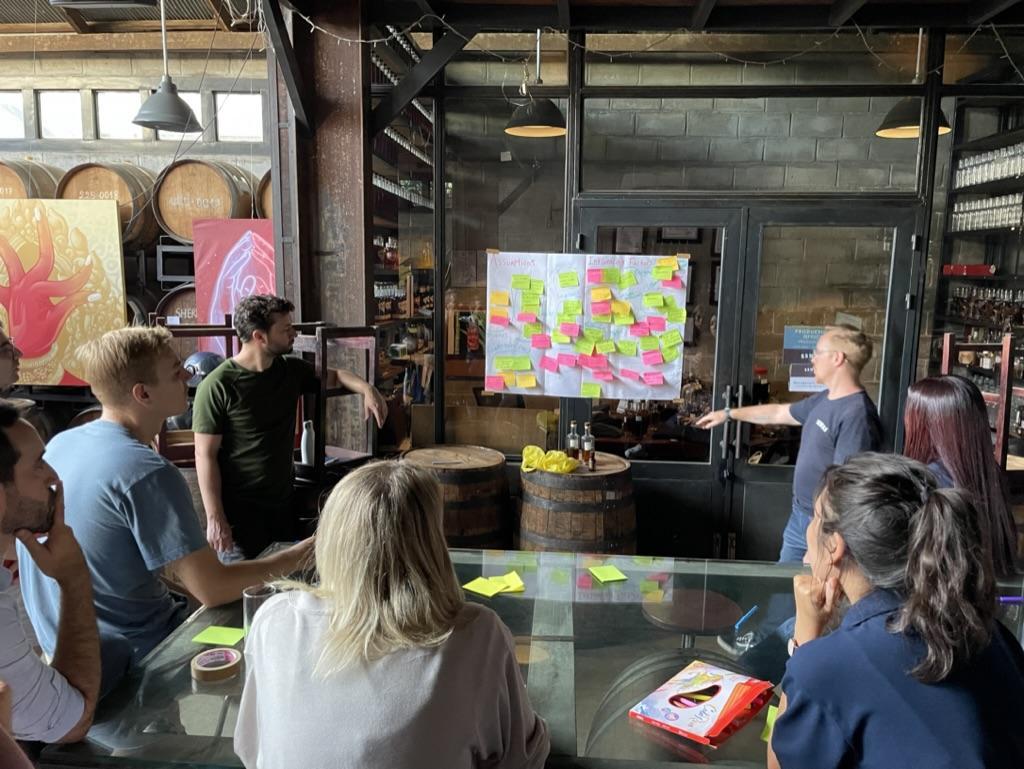
Week 2: Distilling the Insights
After experiencing Samai’s bar night on Thursday and then regretting experiencing it on Friday (as well as plenty of other “market research” along the way), we were ready to bring it all together in Week 2. With our final presentation scheduled for Wednesday afternoon, we had two and a half days to pull it all together.
On Monday, we left no time to waste. Normally, we enjoyed our routine breakfast at Brown Coffee, avoiding work talk until we arrived at the office. No such luck that morning. We can only imagine how strange other customers must think we were after overhearing our deep discussions about the US spirits market and the optimal go-to-market strategy.
By Tuesday, we were in the home stretch. Fueled by strategically timed stops to Ya Kun Kaya, the Singaporean coffee shop around the block from the office, we wrapped up our final analyses just after 3am on Wednesday morning. From branding to pricing to scenario planning to sales strategy and demand estimates, our final recommendations comprised a hefty sixty page paper and fifty slide deck. Thankfully, we had stuck to caffeine and water that day and left the rum until after the final presentation.
Following a successful presentation to the Samai team, we were ready for some R&R (rest and relaxation, together with some rum and raisin gelato).


Angkor What?! Cheers to a Wonderful Time
We wrapped up our Cambodian adventure with a visit to the most important symbol of Khmer culture: Angkor Wat in the northwestern city of Siem Reap.
Many people associate Angkor Wat with the main temple, but it is actually a complex of temples built over many centuries, mainly from the 9th to the 13th century. They are the most visible symbols of one of the most powerful empires in Southeast Asia, and are sacred to many Cambodians.
As we explored the temples in the sweltering heat, imagining ourselves as Lara Crofts with MBAs, we learned more about Cambodia’s special Angkorian roots. Many of the unique rituals and beliefs in the country are rooted in the fusion of two religions, Hinduism and Buddhism, expressed through the mystical stories and figurines expertly carved into stone throughout the complex.
Angkor Wat also reflects the recent history of Cambodia. After being abandoned in the 14th century, the temples were left untouched for many years, swallowed by the surrounding forest. Since the 20th century, foreign aid and the local community have been working together to restore the site and rebuild the temples. It has become an important part of Cambodia’s economy, attracting many tourists and bringing in money for the region. This has had a positive impact on Cambodia as a whole, with noticeable economic development in recent years.
Of course, we couldn’t leave Siem Reap without doing “market research”. From high-end bars in luxury resorts, to drag bars hidden in back alleyways, the lively nightlife in Siem Reap rivals that of more famous cities like Bangkok. It was only fitting that we bade farewell to the Samai team (and Cambodia) over drinks.
As we made our way back to San Francisco, each of us reflected on how much we have grown over this IBD experience. We started with little knowledge about spirits, but grew to appreciate the craftsmanship and complexity that goes into making every bottle of Samai rum. None of us came in with any consulting experience, but left with the deep satisfaction of playing a part in the strategic development and growth of a small yet promising company. Above all, we started as strangers, both within our team and with our client, but by the end of the project, we had formed strong bonds and became great friends.


